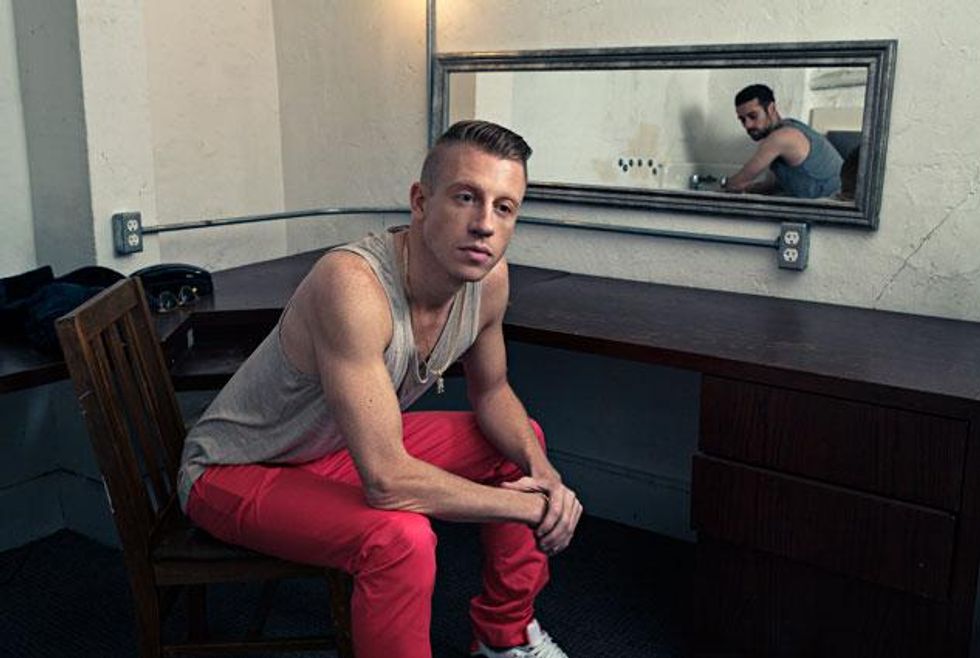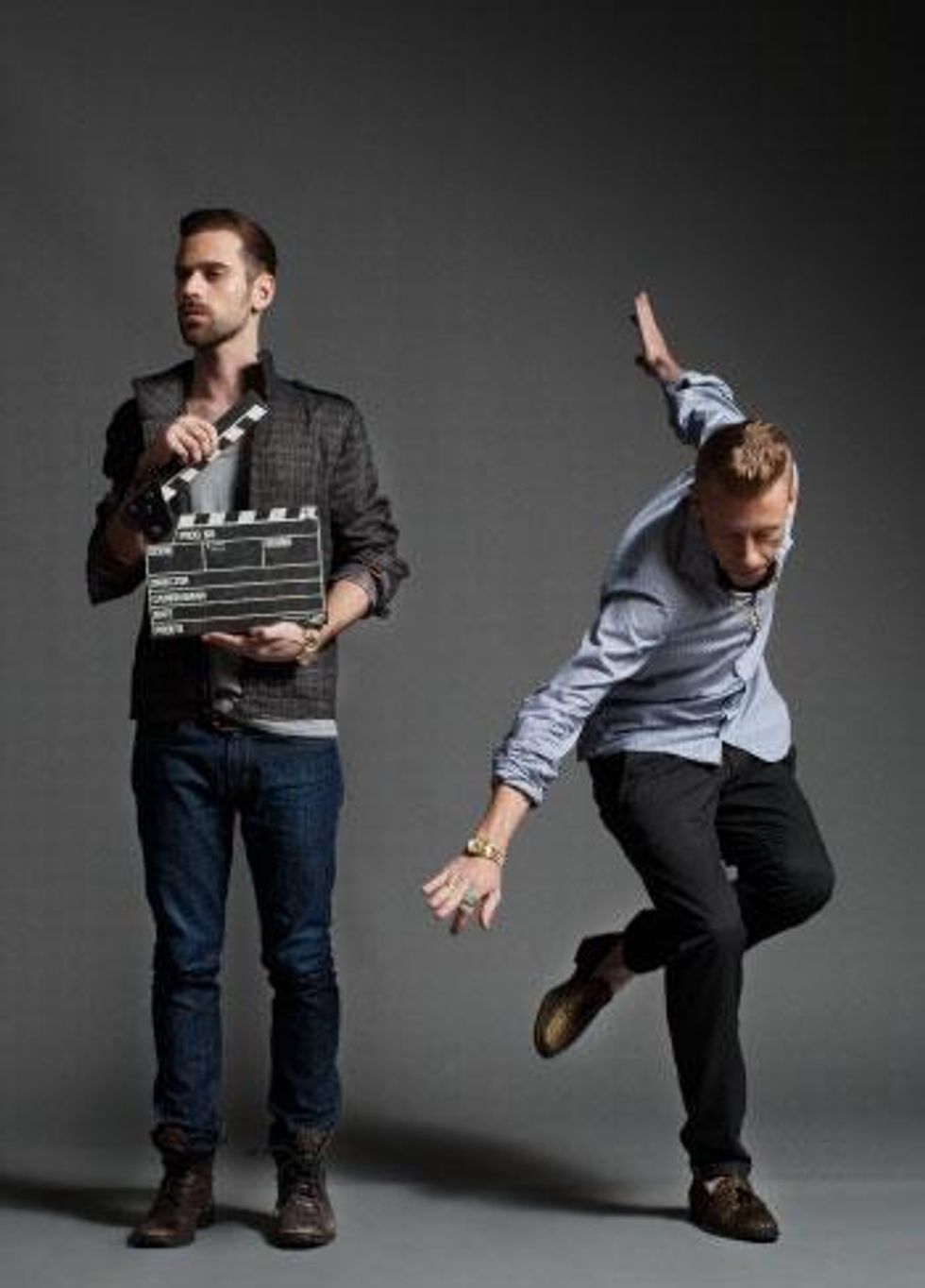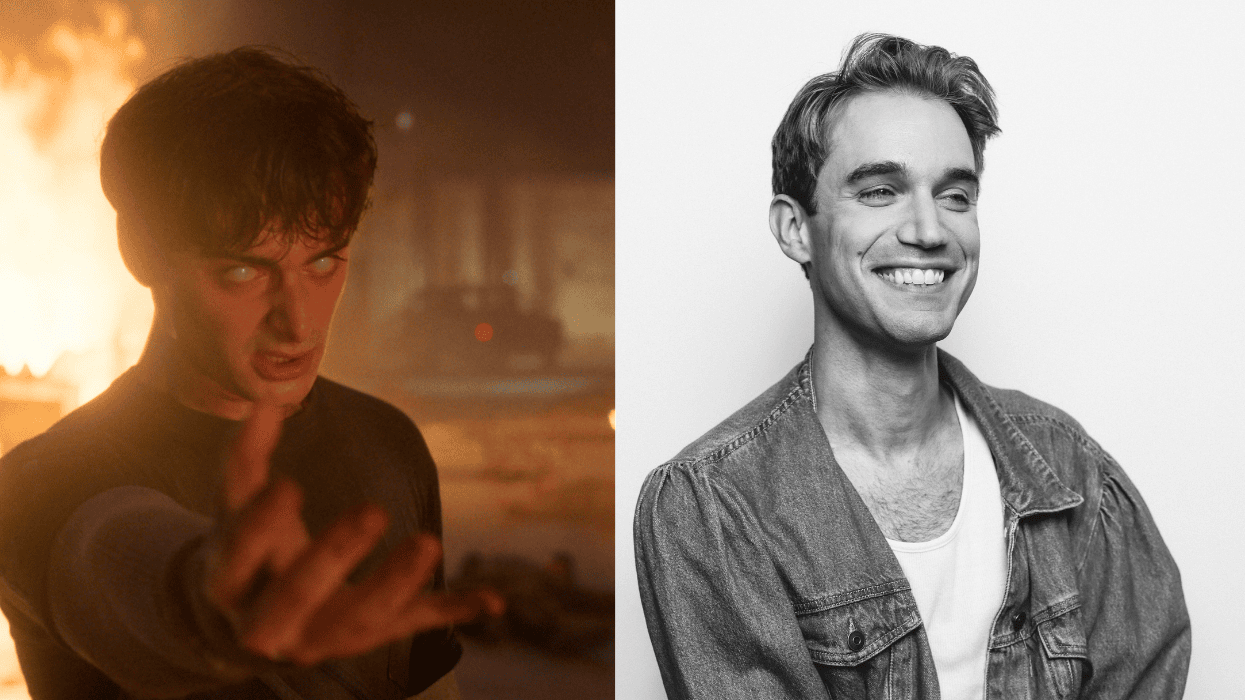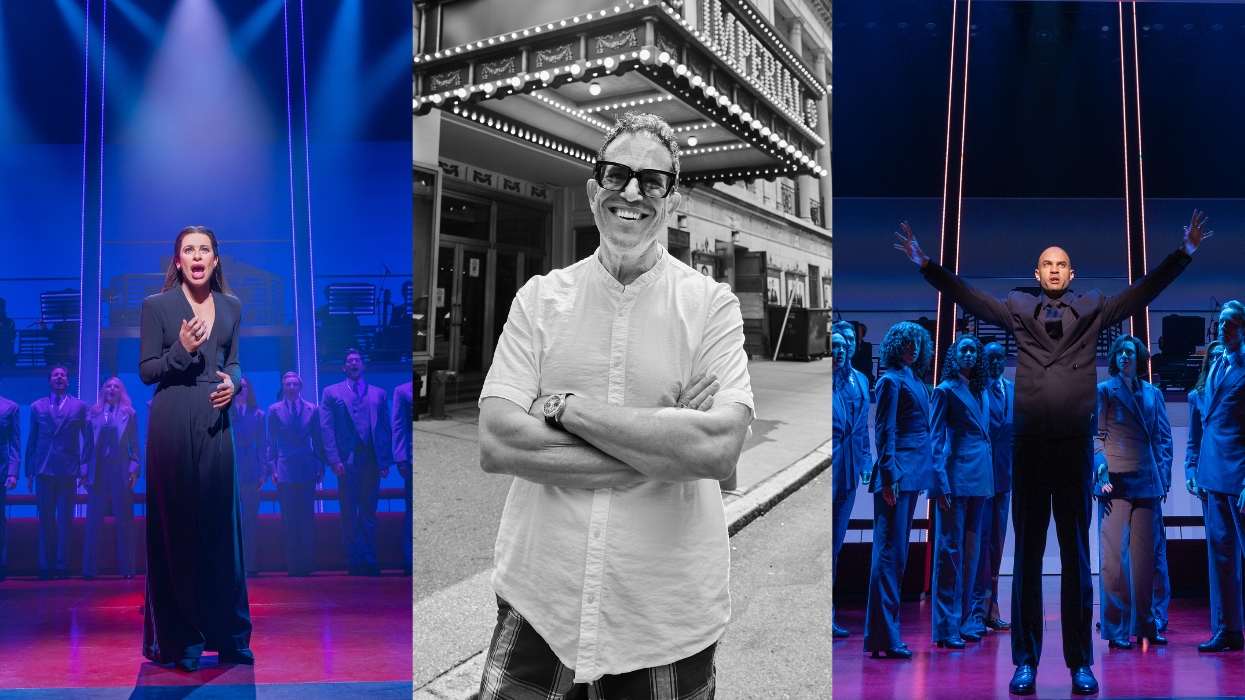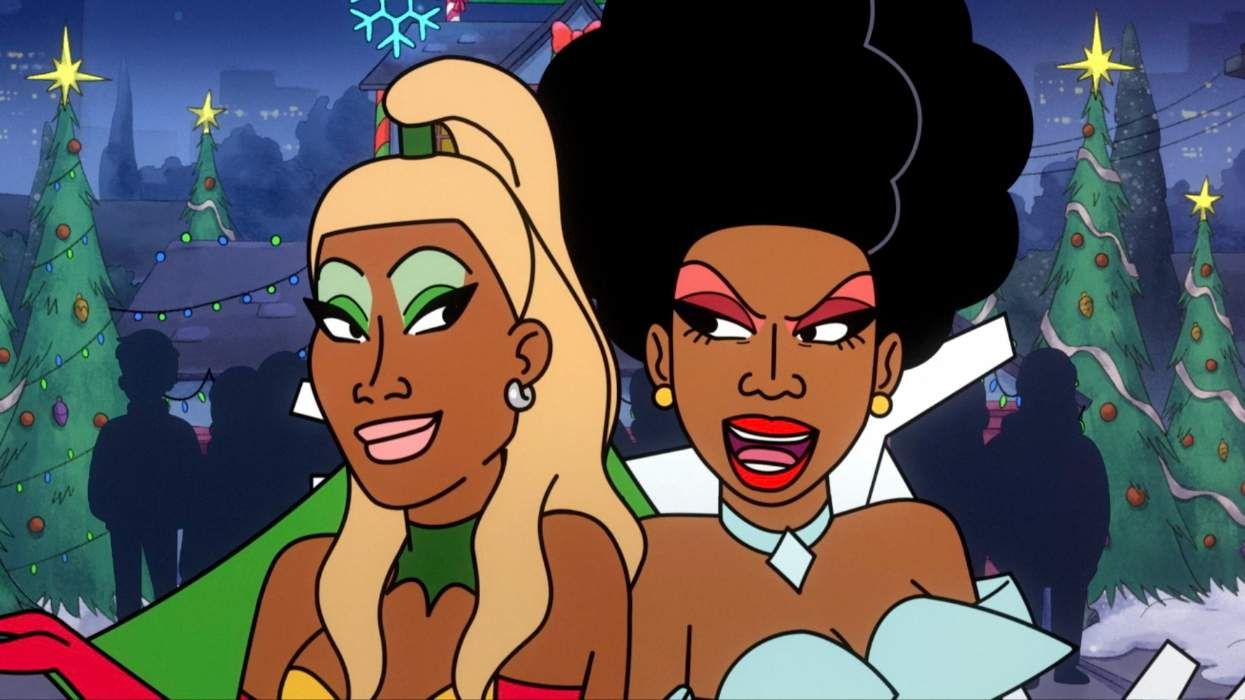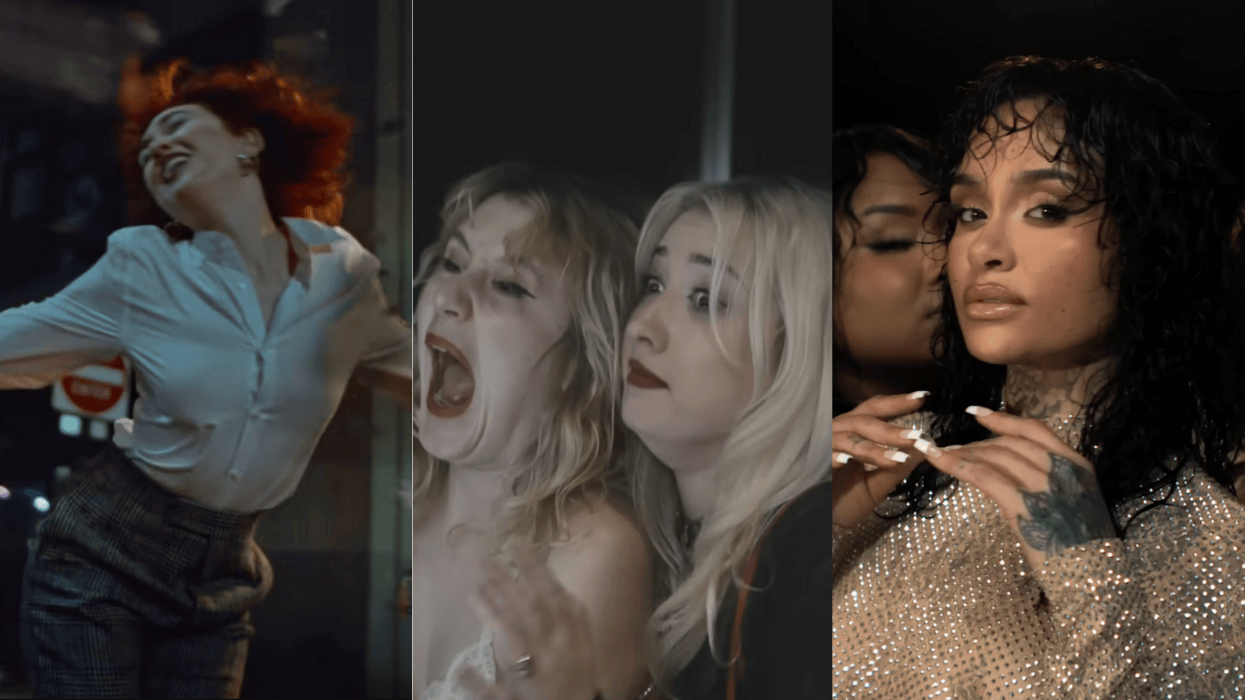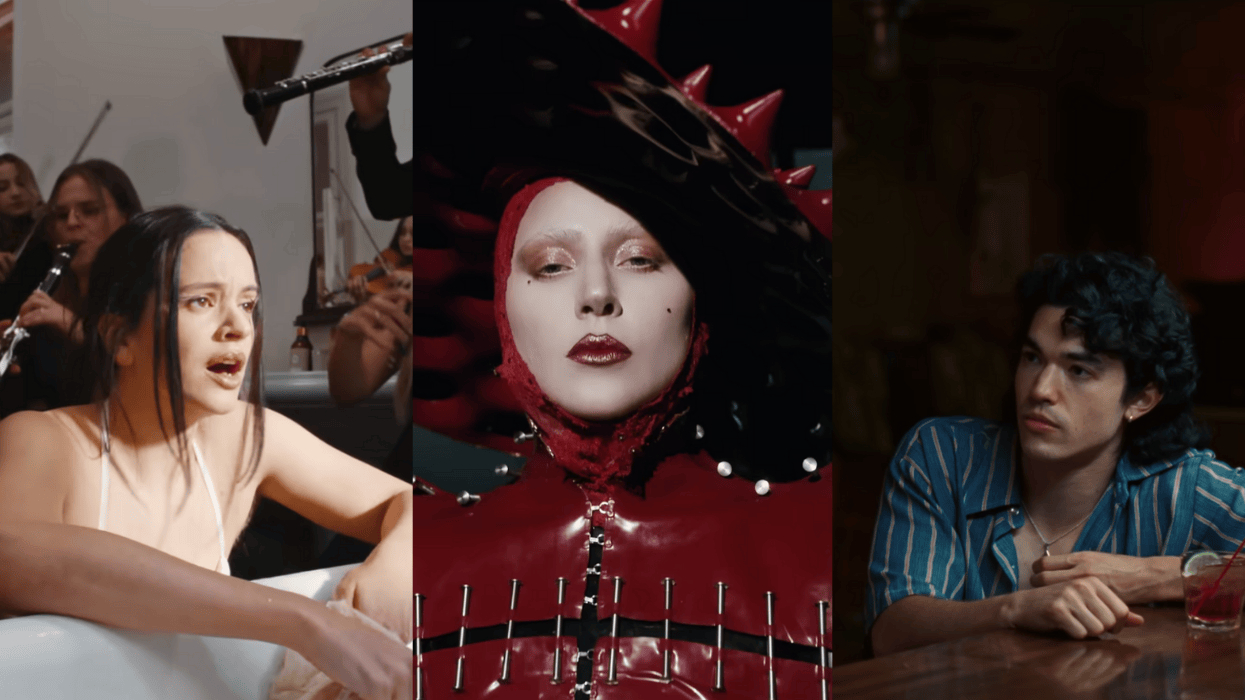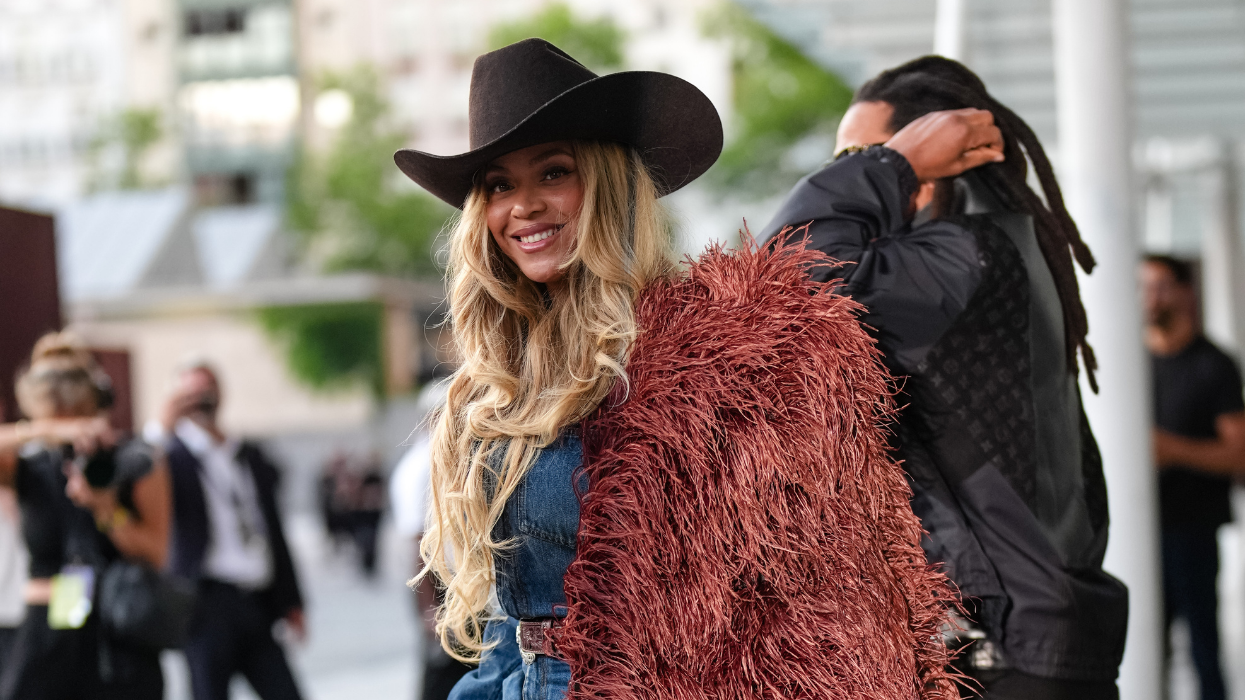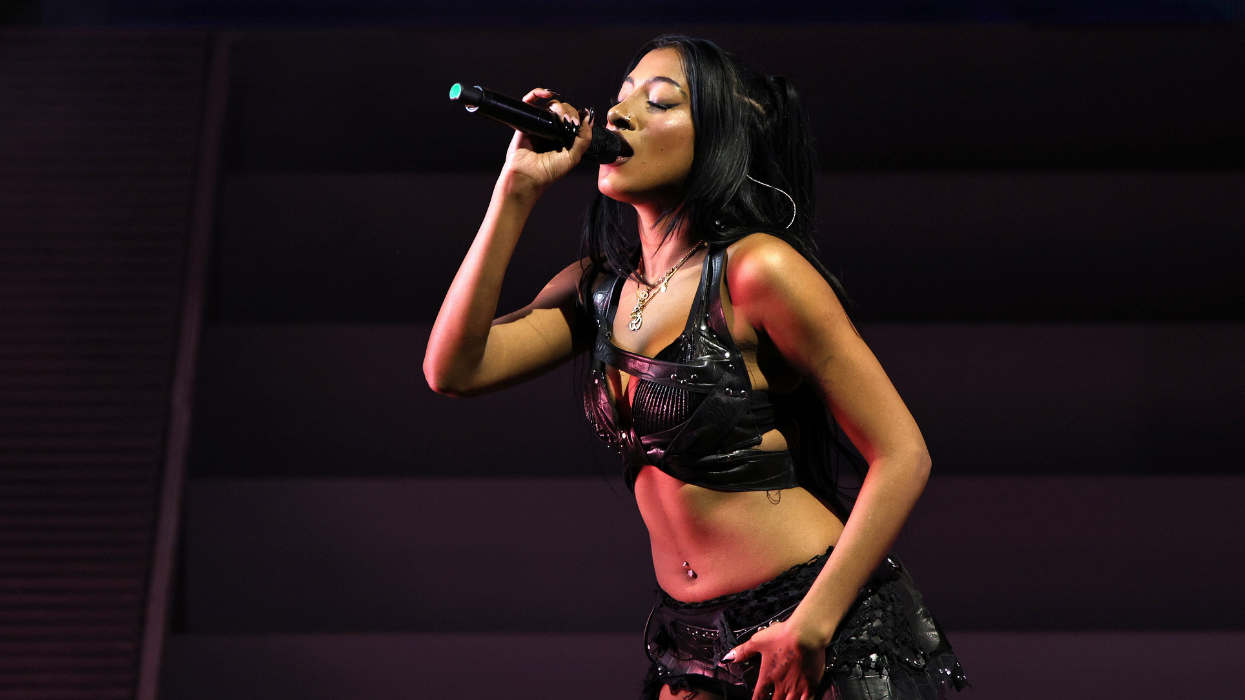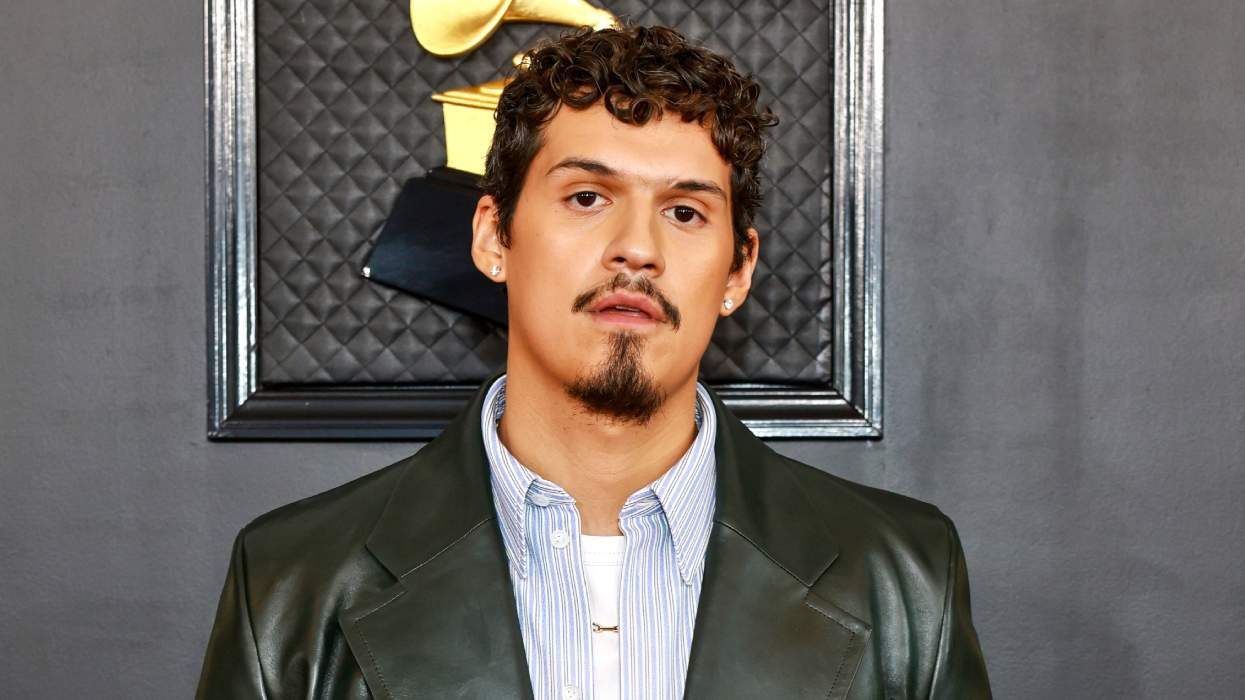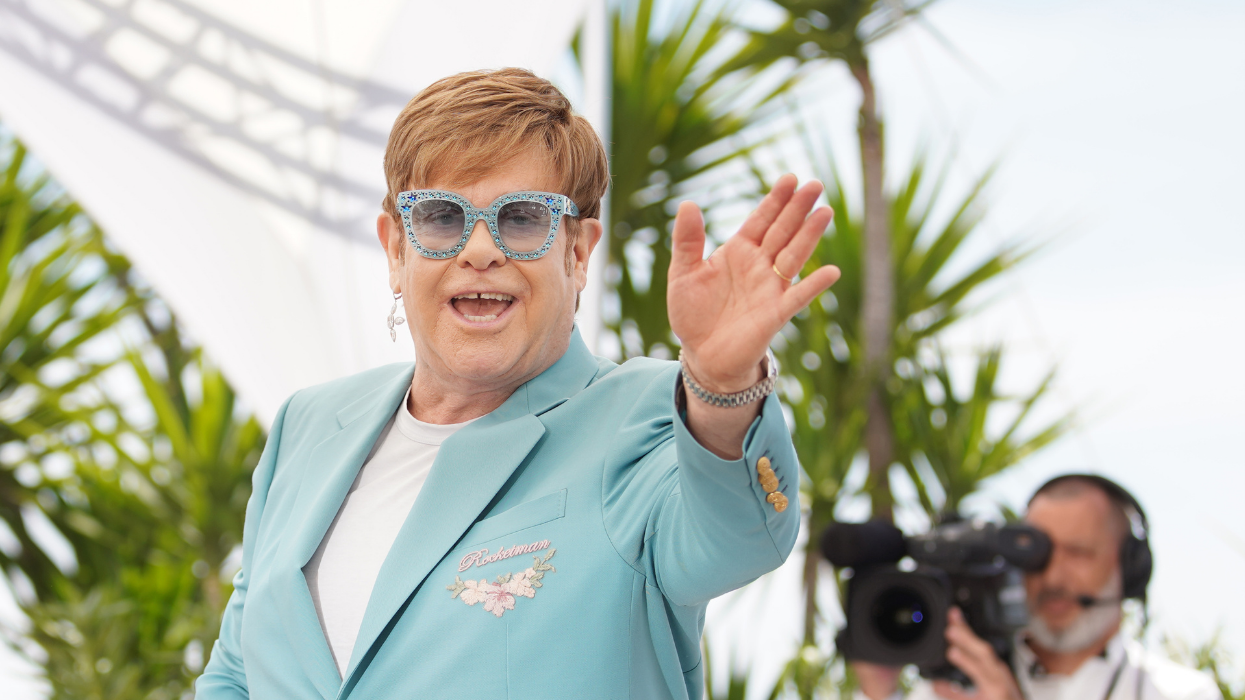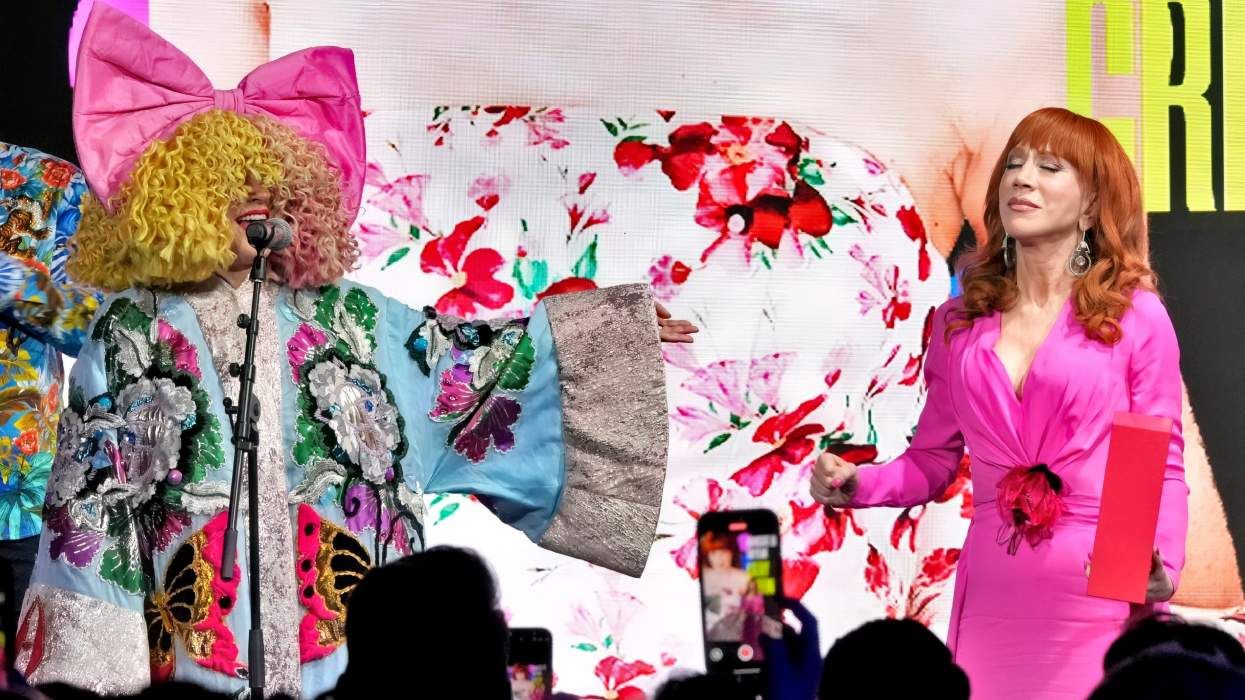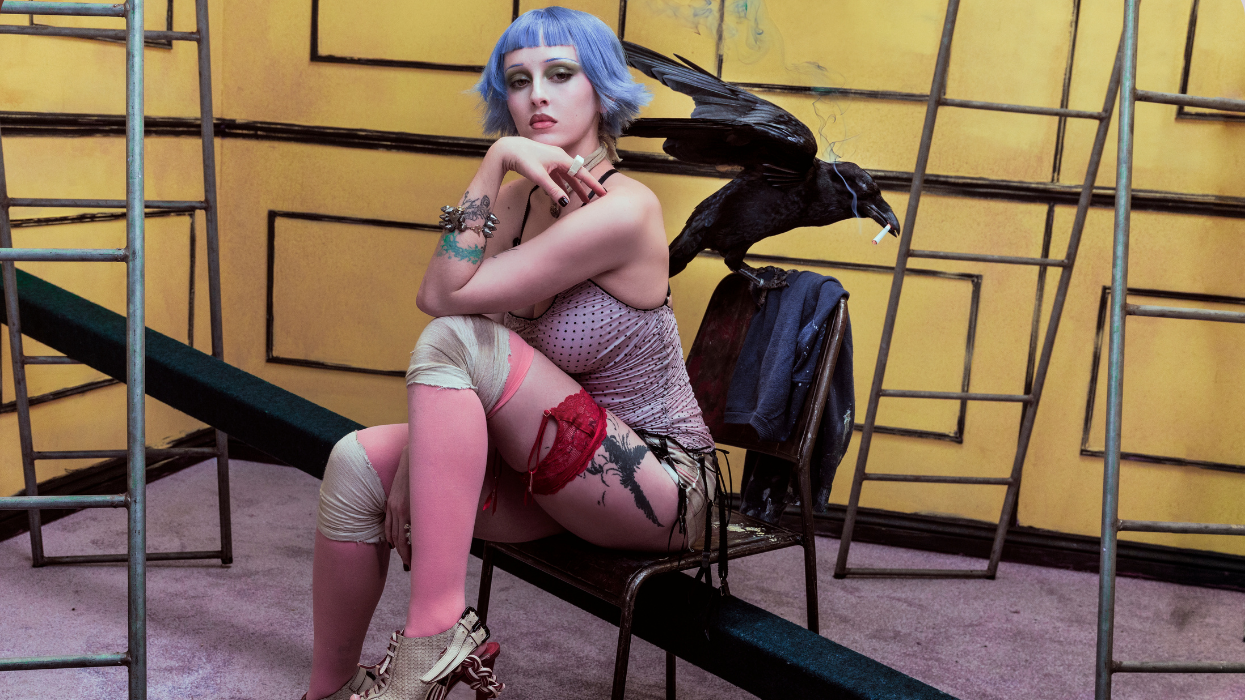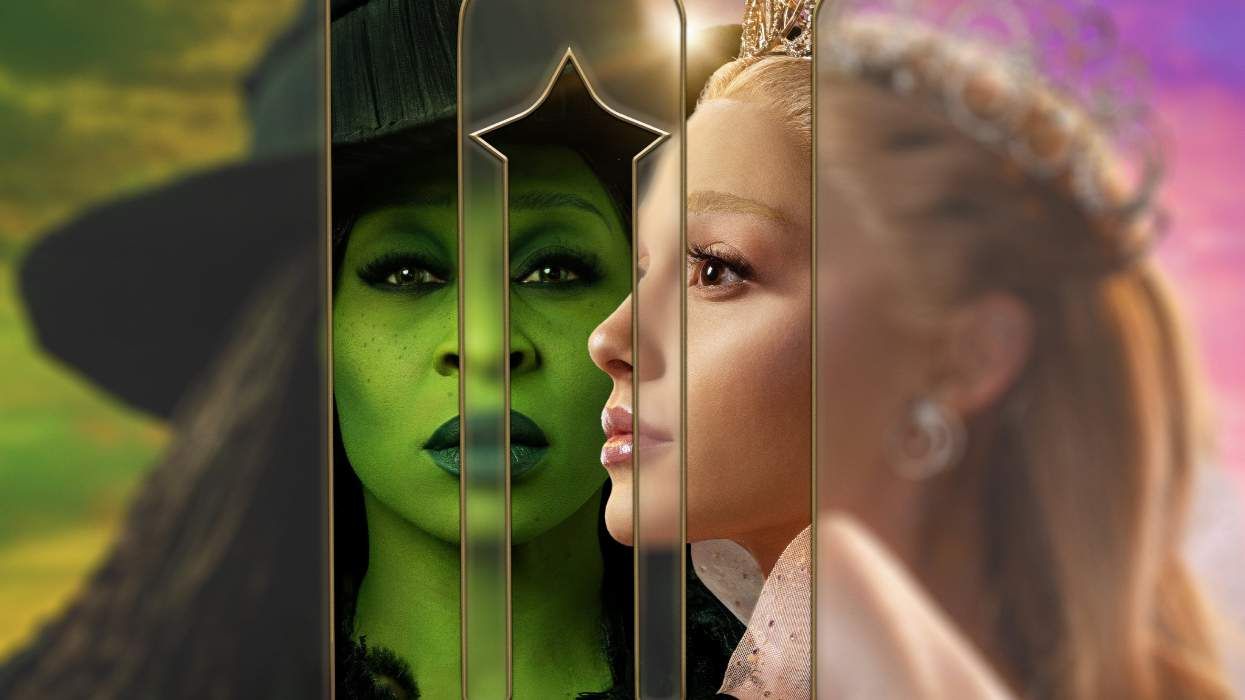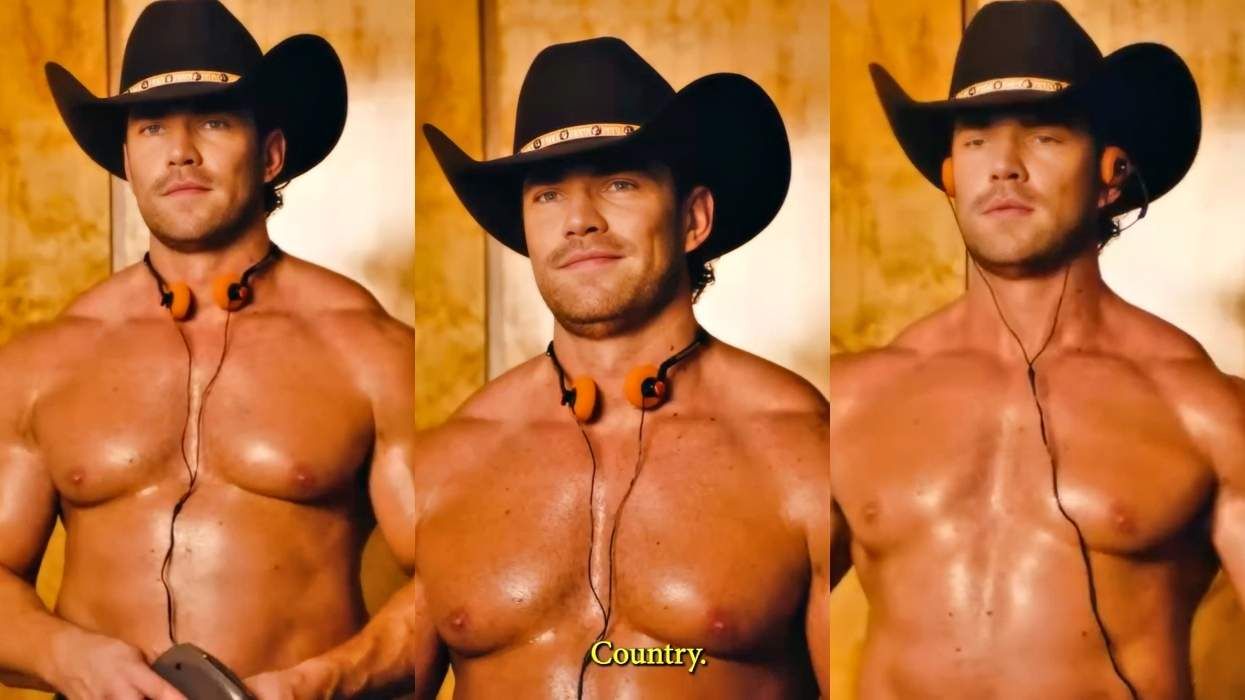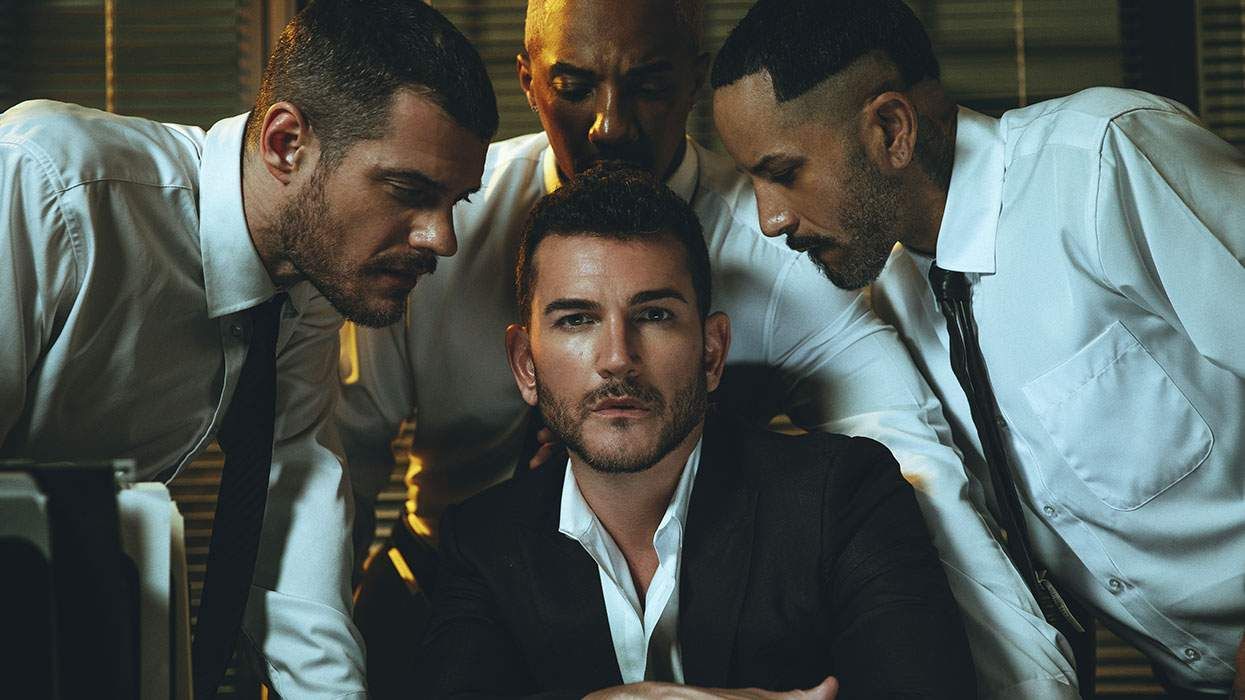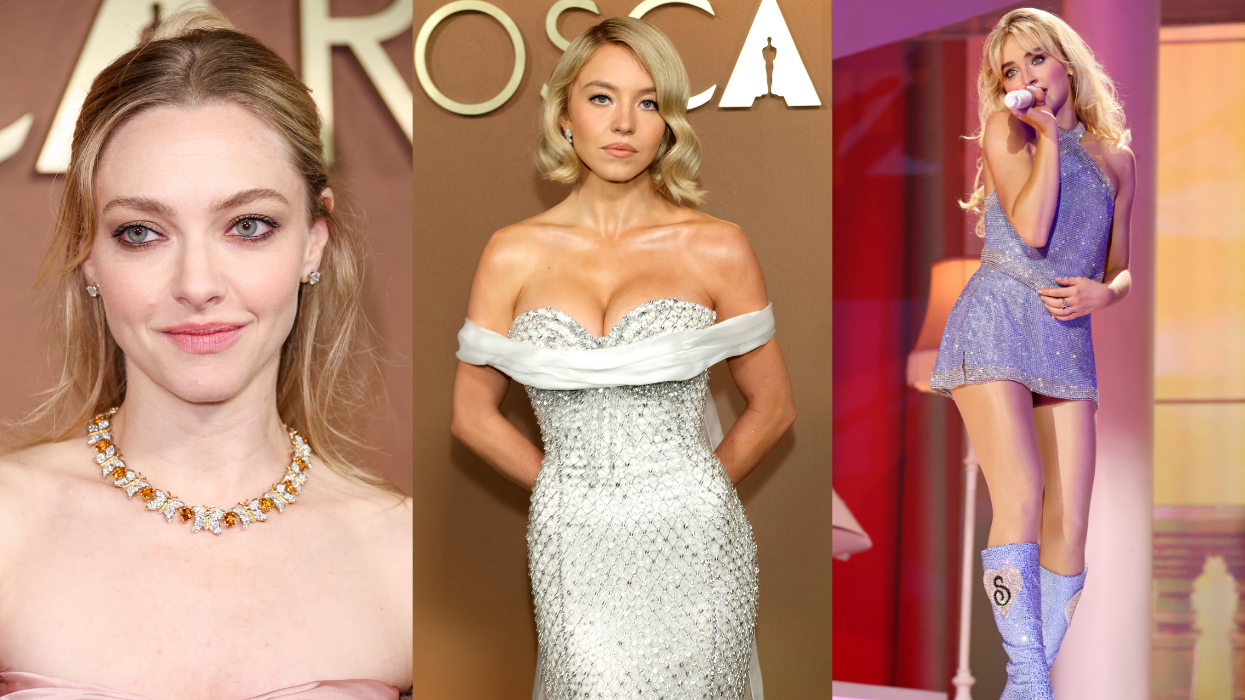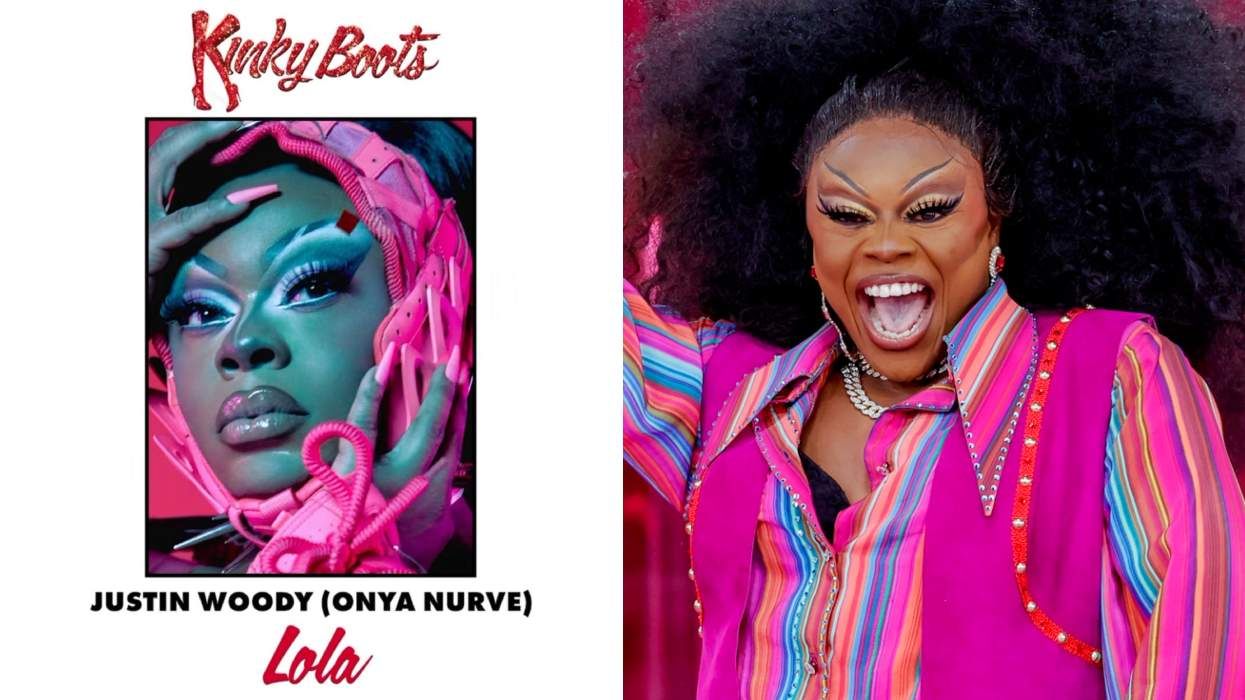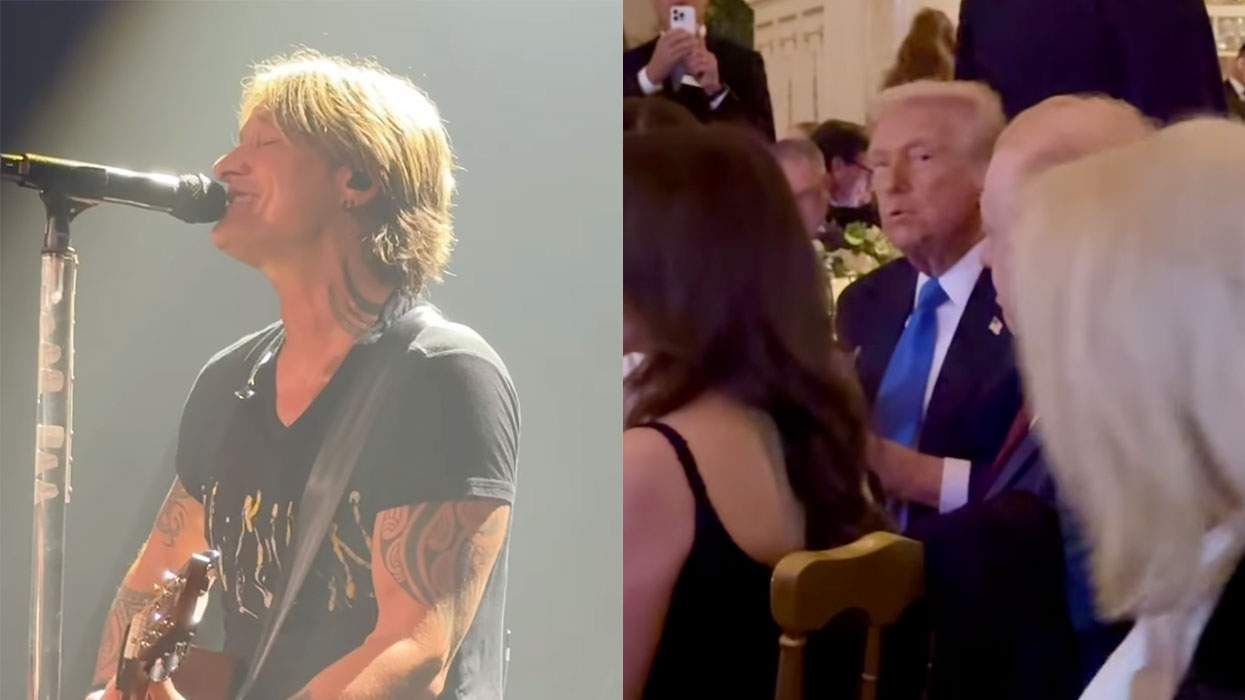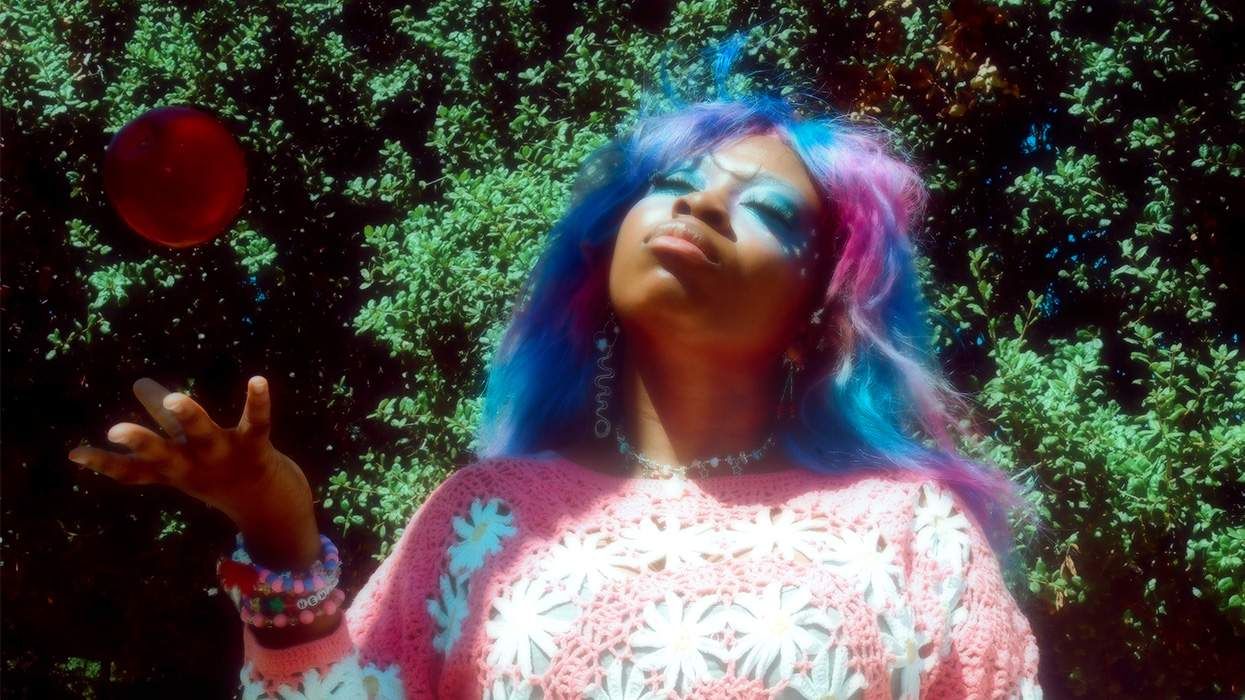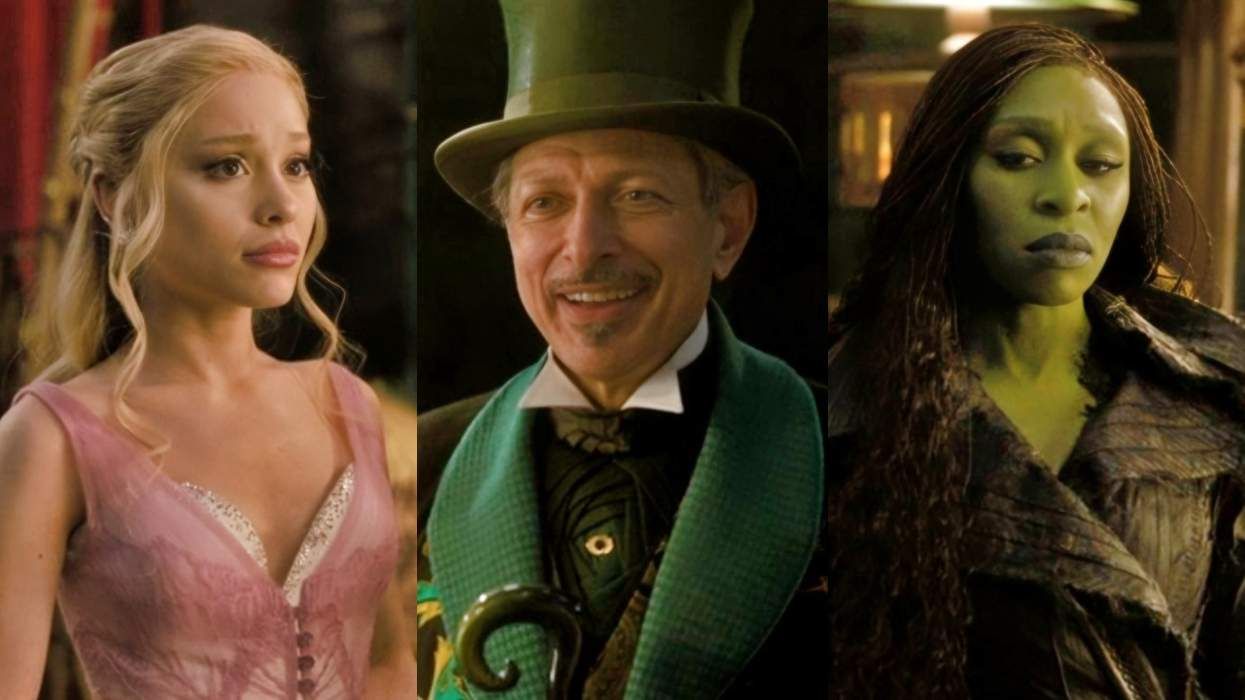Photography by Hayley Young | Styling by Hilary Folks
Handsome, fabulously dressed in a bright red suit that fits snugly on his slender frame, with perfectly cropped and coiffed hair. At first glance, one could take Macklemore (real name: Ben Haggerty) for the nation's first mainstream gay rapper. He is, after all, a flashy 29-year-old dandy who saunters around in $450 blue velvet Stubbs & Wootton slippers, an MC who struck gold with a number 1 hit about vintage shopping, and a flamboyant showman who cemented his arrival in March with a rousing performance on Saturday Night Live in which he literally skipped across the stage (it drew 5.8 million viewers). But such an assumption would be relying too much on the same stereotypes Macklemore himself tackles in his breakthrough single, "Same Love." No, he's not gay. (In fact, he's engaged to his tour manager and girlfriend of seven years.) At one point in time, though, he certainly thought he might be gay. And that, in a roundabout way, is what brings him here this evening.
After 15 years in the game -- a stretch that included popular Seattle club gigs, a self-released record titled The Language of My World in 2005, and bouts with substance abuse -- Macklemore is suddenly on the verge of bona fide success. The artist, now sober, is in the midst of transitioning from a YouTube sensation to a legitimate rapper and entertainer. People are catching on.
If proof was needed, you could find it on a bracing night in March, when I am standing in line in East Lansing, Mich., to see Macklemore and his DJ and producing partner, Ryan Lewis, at their latest sold-out concert. The duo is on a world tour to promote their independently released debut album, The Heist, which came out in October and has sold more than 500,000 copies. Their circuit has taken them from Australia to college towns in the United States, with a stop at the South by Southwest music festival. Now they are here at the Breslin Center at Michigan State University, where, despite the freezing cold, an amped-up pack of scantily clad, boozy teenage girls are waiting to see them play (and doing a shit job of hiding their flasks). They aren't the only attendees making bold, slightly absurd fashion choices: More than a couple dozen guys sport used fur coats, an homage to Macklemore's video for his biggest single, "Thrift Shop," which, since last August, has had more than 245 million hits.
An hour and a half later, Macklemore bounds onto the stage, somehow managing to radiate even more energy than he exhibited in that recent appearance on SNL. For him and Lewis, who acts as a sort of hype man, keeping the audience pumped, engaged, and connected to the performance is key. This may be why at one point Macklemore pauses the show to urge a group of fans to abandon their assigned seats and push closer to the front, and why when he rips into "Thrift Shop," he dances out into the wall-to-wall crowd and borrows a fur coat from someone, paying his own tribute to the enthusiastic fan.
The show ends, and I meet Macklemore and Lewis and head to the green room backstage. Macklemore is bleary-eyed, visibly exhausted after having just wrapped a concert for 6,500 people. His rendition of "Thrift Shop" was an obvious high point of the performance, but it's time to talk about the other big song that has recently captured the attention of his followers and the media alike.
Asked what served as his inspiration for "Same Love," he hangs his head and thinks for a moment. "I knew I wanted to write a song about gay rights, about marriage equality, and about homophobia in hip-hop, but I didn't know how to do it," he says. "I tried, at first, writing from the perspective of a gay, bullied kid. That's what sparked the song in the first place: reading the story of a 13-year-old who committed suicide."
It was at that point that Lewis intervened, pushing the rapper to write a personal narrative instead. The result was an account of Macklemore's struggle with his own sexuality as a kid.
Both he and Lewis grew up surrounded by gay adults. Lewis's uncle is gay and has been living with HIV for 30 years. "Growing up with a gay uncle and having him be a huge part of our family -- I don't think my parents' outlook would be the same if it weren't for him," Lewis says. "He's had a strong influence on us throughout the years." Macklemore was raised in Capitol Hill, a liberal, gay-friendly district of Seattle. The men closest to him -- his uncle Johnny and his godfather -- are gay. "Where I grew up, there were huge gay pride parades less than a mile away from me," Macklemore says. "My dad's best friend was gay. My barber was gay. My uncles owned this restaurant that was a huge magnet for the gay community. My whole upbringing was around gay people." Macklemore grew up Catholic, but was questioning his sexuality by the third grade. His mother, a social worker, reassured him that he was straight, but not without encouraging him to take up ballet lessons as a display of solidarity for a classmate who was being bullied. That period of confusion, and his sympathy for his ostracized peer, has stayed with him.
On this night in March, when he performs "Same Love" halfway through the show, it doesn't seem like Macklemore standing there, but Ben Haggerty himself. Gone is the manic energy seen on TV; no high kicks, no pique turns. In fact, there's little fanfare at all -- just him on a largely empty stage, opening up to his fans.
"This song is about equality," Macklemore says. Though the track only peaked at 89 on the Billboard Hot 100, the crowd responds by cheering more loudly than they have all night. His fans obviously love the song, embrace its call for equality, and chant along to every word of guest vocalist Mary Lambert's chorus.
"Each night is different -- you never know," Macklemore says. "To see 6,500 people put their hands up in support of equality is a beautiful thing. It's honestly been the highlight of touring." In the past, he and Lewis have expressed concern that not every stop on their stretch is going to be fully behind the song's message. But that trepidation seems to be waning as the duo's popularity grows.
"To perform that song in Texas and Idaho, in states that are classically conservative, and see a new generation of people sing as loudly as people were tonight, you're reminded of the power that a musician has to proactively use their craft to change culture," says Lewis. Adds Macklemore, "Of course, we play it regardless of what we think the response is going to be. There's been such ground made in terms of acceptance in the hip-hop community. What Barack Obama did, and what Frank Ocean did, and what, hopefully, 'Same Love' did is start a conversation."
But a major part of that conversation includes the question of why a couple of straight white guys are suddenly the face of gay-friendly hip-hop. "If I was gay, I would think hip-hop hates me" -- that's what Macklemore himself raps in "Same Love." So what do he or Lewis know about being gay, or black, or both in the world of hip-hop?
"Any time you are speaking about or for a community that is inherently not yours, a group that you are not a part of, you have to be careful," Macklemore says. "So 'Same Love' had to be a very personal song for that reason. I think that's how it came out."
He continues, "It's like writing a thesis paper. Before you turn it in and you're about to get graded, you want to make sure you have friends proofread it. You want to get people's reactions. You want to see what the pulse is on the song. We definitely covered our bases in terms of playing it for a wide variety of people."
Still, not everyone is buying the message of "Same Love." At Racialicious, a blog about race and pop culture, Hel Gebreamlak, a Seattle-based black, self-described transmasculine writer and educator, pushes back on the song. "The single supports the idea, or at least implies that people of color -- particularly black folks who created hip-hop -- are more homophobic than white people and that there are no queer people who feel supported in these communities," he writes. "This is very dismissive of queer people of color who consider communities of color their primary communities, who have experienced racism by queer communities, and for queer hip-hop artists of color who have found a home in the undervalued sub-genre of homo hop."
For Jamieson Cox, a white, gay, Toronto-based music contributor to BuzzFeed, Macklemore's stance is problematic. "A lot of people would rather see queer rappers given equal media treatment instead of all the focus on yet another straight white dude," he says. "People's reactions to Macklemore are inevitably defined by their personal experience, race, and sexual orientation." That said, he, for one, doesn't doubt Macklemore and Lewis's intentions: "It would take an incredibly cynical person to think that Macklemore is attempting to ride a wave of increasing acceptance of homosexuality to commercial success, and I'm not that guy."
To his credit, as Macklemore has gained commercial success, largely thanks to "Thrift Shop," he hasn't backed away from gay rights. If anything, since the release of "Same Love," he's embraced his position as a very visible straight ally.
He recently filmed a PSA for "You Can Play," a campaign aimed at creating an environment of equality and respect for all athletes, and in April he expanded on his gay marriage anthem with a commercial for Nordstrom celebrating diverse weddings. The festive, glittery ad featured another song from Macklemore and Lewis, "And We Danced," as the soundtrack to the ultimate wedding party where gay and lesbian newlyweds celebrate alongside straight couples.
And there's cause for celebration. Following last year's presidential election, thousands more gay and lesbian couples can legally get married across the United States, including in Washington, where Macklemore's uncle Johnny and his longtime partner still reside.
Though he credits the couple for being his model of a committed and loving relationship, the rapper admits he was initially very reluctant to play the track for his uncle. "These were some of the hardest words to write on a piece of paper, knowing that people were going to hear this," Macklemore says, adding that playing the song for his uncle and his partner, let alone to thousands of fans, meant exposing himself.
However, after learning that his father had already shared the song with the couple, Macklemore was so moved that he decided to change the artwork for the single. The original concept, a collage of two same-sex couples and rainbow clip art, wasn't gelling with him--"It didn't represent what the song is," he says. Instead, the final artwork for "Same Love" shows his two uncles posing in a stark, classic family portrait: One sits resolutely in a chair, while the other stands behind him, his hand on his lover's shoulder. The photo is simple but elegant and powerful.
And it has also sparked a certain, more personal conversation about gay marriage. "That's the thing," Macklemore says, chuckling. "After Referendum 74 passed in Washington and we put out the single, Johnny, who is a sarcastic bastard, was like, 'Oh, great, I guess I have to go get married now.' "



